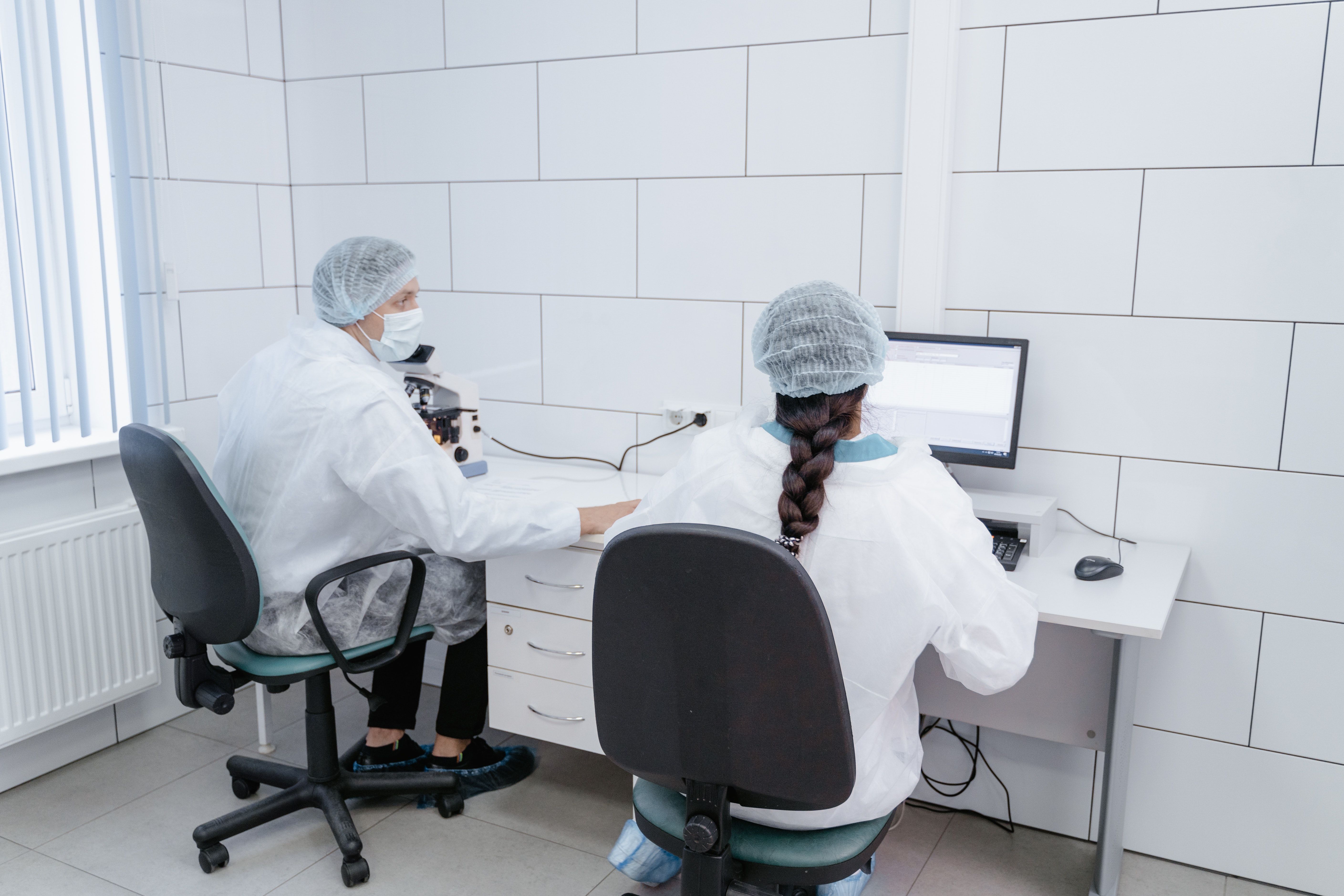Article
C Difficile Surveillance System Needed in Italy
Author(s):
Most of Europe lacks an active and coordinated surveillance plan in place for monitoring hospital-acquired CDI.

A real-time, accurate surveillance system, similar to what is used in the US, could help European countries get a handle on the hospital spread of Clostridioides difficile infections (CDI).
A team, led by Alice Annalisa Medaglia, Infectious and Tropical Disease Unit, AOU Policlinico “P. Giaccone,” provided new data on C difficile infection incidence rates in Sicily during a 10-year period.
The Problem
While hospitals in the US monitor C difficile rates through an active surveillance system, countries in Europe often do not have a reliable tracking system for the hospital-acquired infection. And especially in Italy there is no epidemiological data on infection rates available outside of a few single-center datasets.
While there is no active and coordinated surveillance system in Europe, the European Centre for Disease Prevention and Control (ECDC) has been assessing case rates since 2006.
Identifying Cases
In the study, the investigators revised all the regional standardized discharge forms between 2009 and June 2019. The team used the code ICD-9 00845 of the International Classification of Diseases, Ninth Revision Clinical Modification, which refers to CDI both with or without complications.
The investigators identified the total amount of CDI cases, the mean age of the patient population, the male-to-female ratio, the mean age per sex, the mean age in patients who died, patient comorbidities, and the type of hospitals reporting C difficile infections.
The team also identified the number of cases per year, 100,000 inhabitants per year, per district per year, and per hospital.
Results
Overall, there were 1139 cases of C difficile infections identified, 97% of which occurred in adults. There was a median age of 73.2 years in the patient population with a female-to-make ratio of 1.4:1. Generally, female patients with CDI were older than the male patients. In addition, patients who died were older than the patients who did not.
The study included 65 reporting hospitals, with 86% of cases provided by level II and III hospitals.
The main comorbidities in this patient population were renal diseases, diabetes, pneumonia, and hypertension.
Over the course of the study, the incidence of infections increased by 40-fold, with 81.5% of cases reported in Medicine Units, Infectious Diseases Units, and long-term care facilities. The majority of these cases occurred in metropolitan areas and in the biggest hospitals.
The mean length of stay was 20 days and the mean fatality rate was 8.3%, while the mean age of patients who did not die was 66.3 years and 72.6 years for males and females, respectively (P = 0.000028).
On the other hand, the mean age of patients who did die was 74.5 years and 80.9 respectively for males and females (P = 0.0022).
“Clostridioides difficile infection is a dramatically increasing condition in Sicily,” the authors wrote. “A high-quality surveillance system and shared diagnostic protocols are needed.”
With accurate monitoring through active surveillance since 2000, investigators in the US have found a 3.5-fold increase between 2000 and 2008, a stable prevalence between 2011-2015, and an 8-12% statistically significant decrease between 2017-2018.
The study, “An emergent infectious disease: Clostridioides difficile infection hospitalizations, 10-year trend in Sicily,” was published online in Infection.





